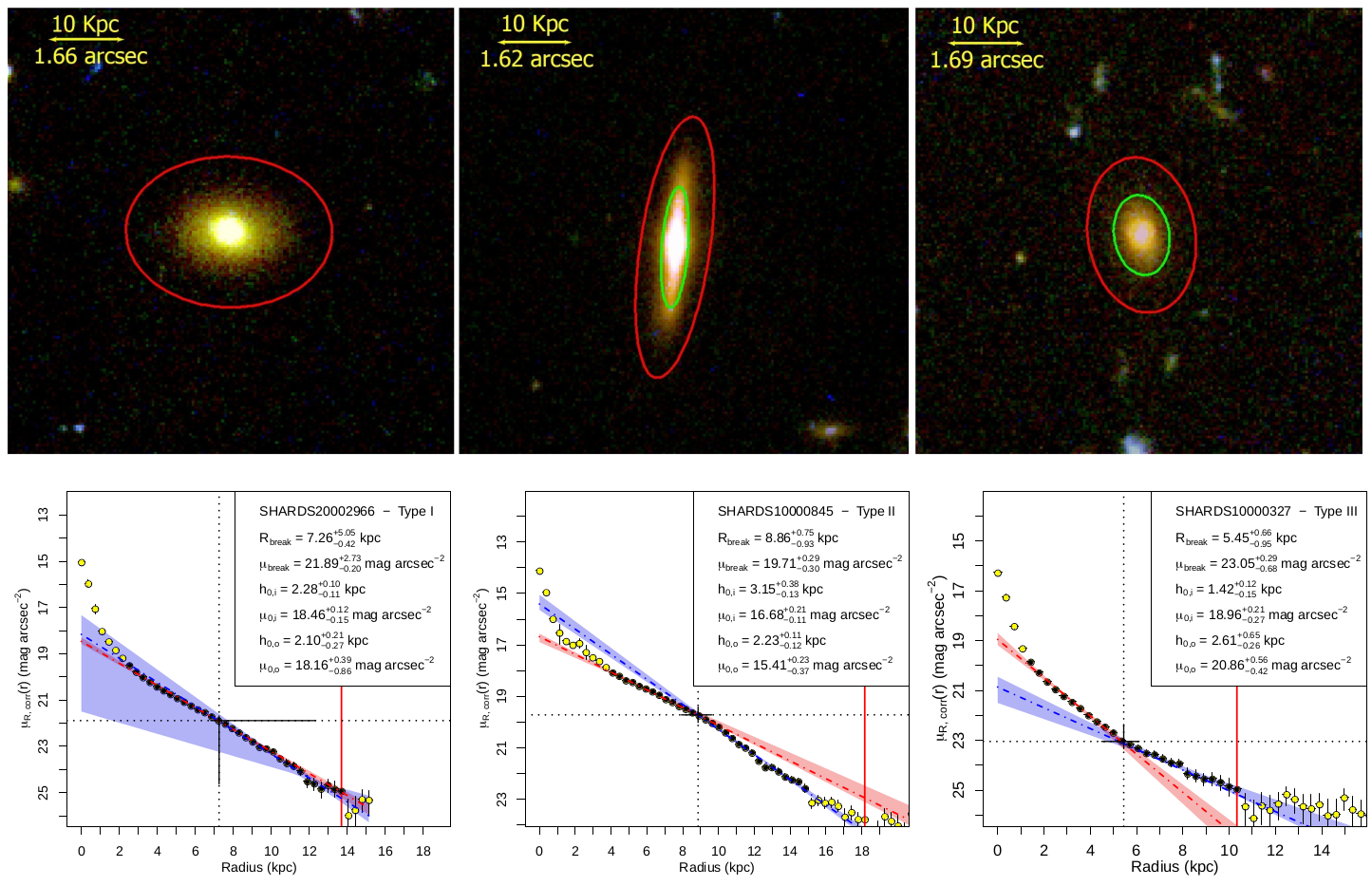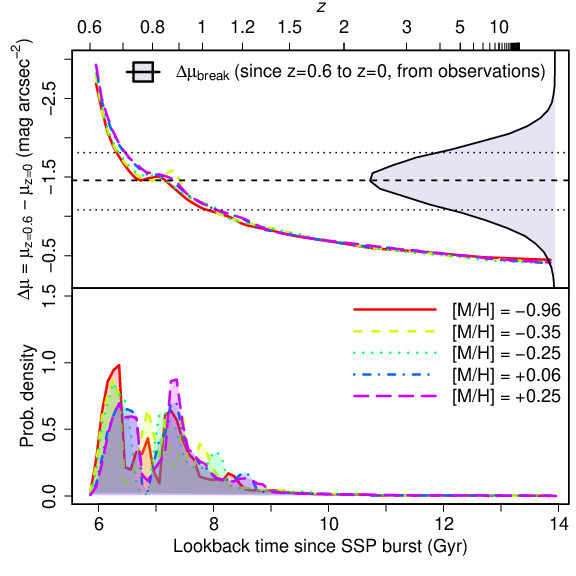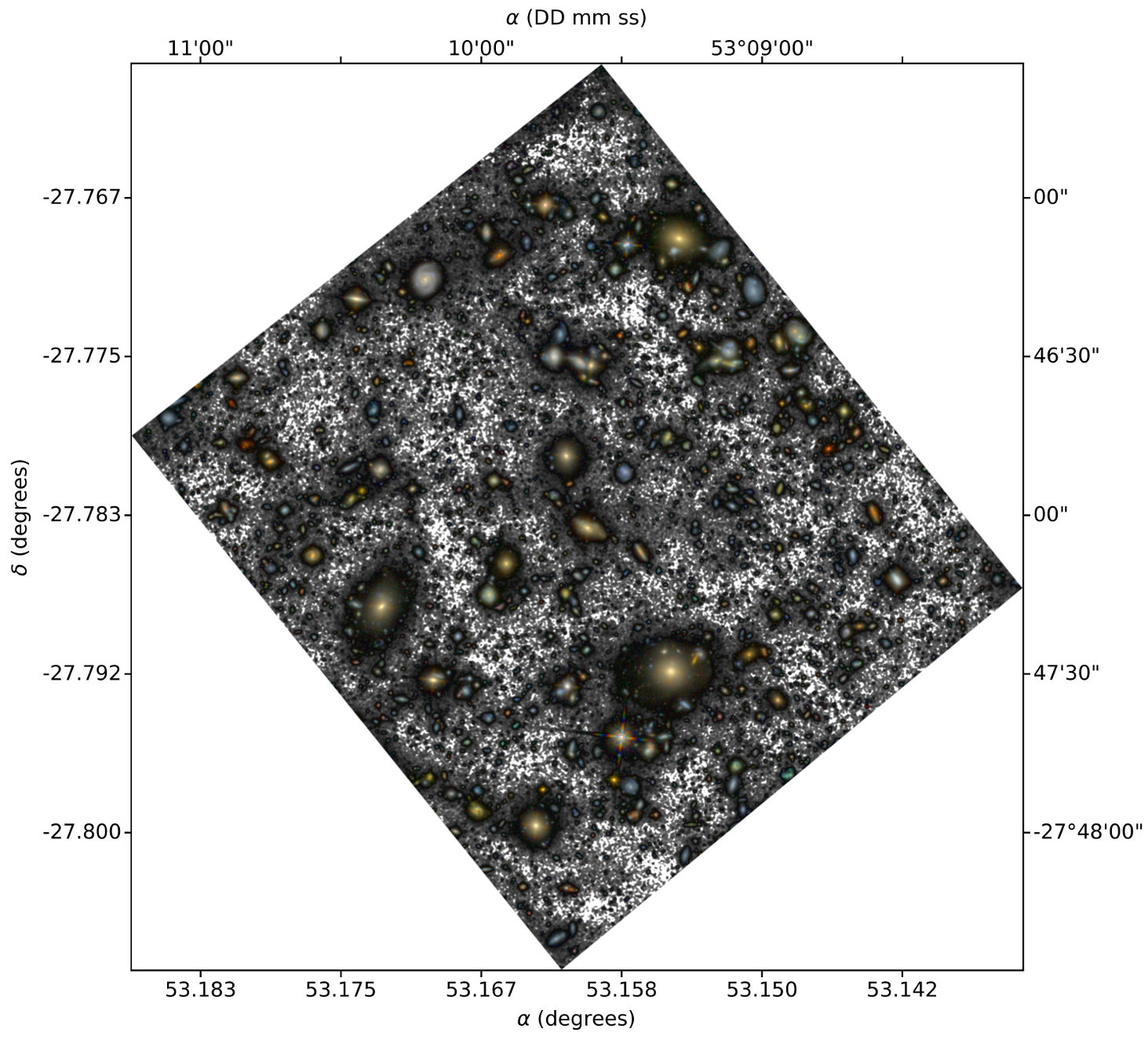Page Not Found
Page not found. Your pixels are in another canvas.
A list of all the posts and pages found on the site. For you robots out there is an XML version available for digesting as well.
Page not found. Your pixels are in another canvas.
About me
This is a page not in th emain menu
Published:
This post will show up by default. To disable scheduling of future posts, edit config.yml and set future: false.
Published:
This is a sample blog post. Lorem ipsum I can’t remember the rest of lorem ipsum and don’t have an internet connection right now. Testing testing testing this blog post. Blog posts are cool.
Published:
This is a sample blog post. Lorem ipsum I can’t remember the rest of lorem ipsum and don’t have an internet connection right now. Testing testing testing this blog post. Blog posts are cool.
Published:
This is a sample blog post. Lorem ipsum I can’t remember the rest of lorem ipsum and don’t have an internet connection right now. Testing testing testing this blog post. Blog posts are cool.
Published:
This is a sample blog post. Lorem ipsum I can’t remember the rest of lorem ipsum and don’t have an internet connection right now. Testing testing testing this blog post. Blog posts are cool.
Short description of portfolio item number 1
Short description of portfolio item number 2 
Published in Astronomy & Astrophysics, 2014
Recommended citation: Tapia et al. (2014). " Evolution induced by dry minor mergers onto fast-rotator S0 galaxies " Astronomy & Astrophysics. https://www.aanda.org/articles/aa/pdf/2014/05/aa21386-13.pdf
Published in Astronomy & Astrophysics, 2014
Recommended citation: Borlaff et al. (2014). " Formation of S0 galaxies through mergers. Antitruncated stellar discs resulting from major mergers " A&A. https://www.aanda.org/articles/aa/pdf/2014/10/aa24299-14.pdf
Published in Astronomy & Astrophysics, 2014
Recommended citation: Querejeta et al. (2015). " Formation of S0 galaxies through mergers. Bulge-disc structural coupling resulting from major mergers " Astronomy & Astrophysics. https://www.aanda.org/articles/aa/pdf/2015/01/aa24303-14.pdf
Published in Astronomy & Astrophysics, 2015
Recommended citation: Querejeta et al. (2015). " Formation of S0 galaxies through mergers. Explaining angular momentum and concentration change from spirals to S0s " Astronomy & Astrophysics. https://www.aanda.org/articles/aa/pdf/2015/07/aa26354-15.pdf
Published in Astronomy & Astrophysics, 2015
Recommended citation: Eliche-Moral et al. (2015). " Photometric scaling relations of anti-truncated stellar discs in S0-Scd galaxies ." Astronomy & Astrophysics. https://www.aanda.org/articles/aa/pdf/2015/08/aa24692-14.pdf
Published in Galaxies, 2015
Recommended citation: Querejeta et al. (2015). " Creating S0s with Major Mergers: A 3D View " Galaxies. https://arxiv.org/pdf/1510.04973.pdf
Published in Monthly Notices of the Royal Astronomical Society, 2016
Recommended citation: Camps-Fariña et al. (2016). "Three supernova shells around a young M33 star cluster " Monthly Notices of the Royal Astronomical Society. https://arxiv.org/pdf/1605.06403.pdf
Published in Astronomy & Astrophysics, 2016
As part of my PhD project, we studied the effects of the increase of the stellar disc scale-height with radius (or flaring) on the surface brightness profiles of edge-on disc galaxies (Borlaff et al. 2016). This phenomenon has been detected in the stellar discs of simulated and real galaxies, including the Milky Way. Using realistic 3D models based on observations we demonstrated that flares can create down-bending surface brightness profiles when observed at high inclinations. Contrarily, flares have no effect on the profiles of face-on galaxies, partially explaining the relatively high abundances of Type-II breaks in edge-on galaxies. We found that the morphology of the discs with flares match the observations of real breaks, which were previously associated with radial star formation thresholds Martin-Navarro et al. (2012). In addition, we demonstrate that flares can explain the weakening of the breaks with increasing vertical distance from the galactic plane found by Pohlen et al. (2007) and Martinez-Lombilla et al. (2018). Following the results from this article, we were granted with an ultra-deep observation program with OSIRIS/GTC at La Palma Observatory for three edge-on galaxies (PID: 80-GTC61/18B), to detect possible flares, warps, satellites and stellar haloes in the outskirts of the target galaxies. The observations will allow us to obtain the surface brightness and stellar mass profiles down to 31 mag arcsec^2 in the g-band and 30.5 in the r-band (3 sigma in 10x10 arcsec^2 boxes).

Recommended citation: Borlaff et al. (2016). "Type-II surface brightness profiles in edge-on galaxies produced by flares " A&A. https://www.aanda.org/articles/aa/pdf/2016/07/aa28868-16.pdf
Published in Monthly Notices of the Royal Astronomical Society, 2016
Recommended citation: Zaragoza-Cardiel et al. (2016). "Kinematics of the ionized and molecular gas in nearby luminous infrared interacting galaxies " Monthly Notices of the Royal Astronomical Society. https://arxiv.org/pdf/1611.03863.pdf
Published in The Astrophysical Journal, 2017
Recommended citation: Font et al. (2017). " Kinematic Clues to Bar Evolution for Galaxies in the Local Universe: Why the Fastest Rotating Bars are Rotating Most Slowly " The Astrophysical Journal. https://www.aanda.org/articles/aa/pdf/2017/08/aa28821-16.pdf
Published in Astronomy & Astrophysics, 2017
During my PhD, following up the work presented in Masters thesis, we identified a sample of anti-truncated S0 galaxies beyond the local Universe, using HST/ACS GOODS-North cosmological field images. We found that despite the high spatial resolution of HST, the point spread function (PSF) can distort the structure of the outskirts of galaxies. To avoid this effect, we deconvolved each object using a dedicated hybrid PSF model of the ACS camera of HST. We identified 14 Type-III S0 galaxies between 0.2 < z < 0.6 (Borlaff et al. 2017), which is the furthest sample of this type of galaxies up-to-date.

Recommended citation: Borlaff et al. (2017). "Evolution of the anti-truncated stellar profiles of S0 galaxies since z = 0.6 in the SHARDS survey. I. Sample and methods " A&A. https://www.aanda.org/articles/aa/pdf/2017/08/aa30282-16.pdf
Published in Astronomy & Astrophysics, 2017
Recommended citation: Tapia et al. (2017). "Formation of S0 galaxies through mergers. Evolution in the Tully-Fisher relation since z ∼ 1 " Astronomy & Astrophysics. https://www.aanda.org/articles/aa/pdf/2017/08/aa28821-16.pdf
Published in Astronomy & Astrophysics, 2018
Recommended citation: San Roman et al. (2018). "The ALHAMBRA survey: 2D analysis of the stellar populations in massive early-type galaxies at z < 0.3. " A&A. https://arxiv.org/pdf/1707.07991.pdf
Published in The Astrophysical Journal, 2018
Recommended citation: Beckman et al. (2018). "Precision Determination of Corotation Radii in Galaxy Disks: Tremaine-Weinberg versus Font-Beckman for NGC 3433." ApJ. https://arxiv.org/pdf/1801.07476.pdf
Published in Astronomy & Astrophysics, 2018
Recommended citation: Lumbreras-Calle et al. (2018). "Star-forming galaxies at low-redshift in the SHARDS survey." A&A. https://arxiv.org/pdf/1803.08045.pdf
Published in MNRAS, 2018
Recommended citation: Trujillo et al. (2018). "A distance of 13 Mpc resolves the claimed anomalies of the galaxy lacking dark matter." MNRAS. https://arxiv.org/pdf/1806.10141.pdf
Published in Astronomy & Astrophysics, 2018
In this paper we analyse the photometric and structural properties of the first sample of lenticular galaxies with Type-III profiles obtained in Borlaff et al. (2017), corrected for PSF effects, beyond the local Universe (at 0.2 < z < 0.6). We found that the general structure of Type-III S0 galaxies does not present a significant change, although they do show a brightness dimming of ∼1.5 magnitudes since z∼0.6. These observations pose strong constraints to the proposed evolutionary models of this type of galaxies, ruling out high-redshift monolithic collapse as the main scenario for the formation of Type-III S0 galaxies.

Recommended citation: Borlaff, A. (2018). "Evolution of the anti-truncated stellar profiles of S0 galaxies since z = 0.6 in the SHARDS survey. II. Structural and photometric evolution." Astronomy & Astrophysics. https://arxiv.org/pdf/1803.00570.pdf
Published in Astronomy & Astrophysics, 2018
Recommended citation: Eliche-Moral et al. (2018). "Formation of S0 galaxies through mergers. Morphological properties: tidal relics, lenses, ovals, and other inner components." Astronomy & Astrophysics. https://arxiv.org/pdf/1806.06070.pdf
Published in Astronomy & Astrophysics, 2019
In this work we present ABYSS, a new reduction of the near-infrared observations of the Hubble Ultra Deep Field with the WFC3/IR of the Hubble Space Telescope. As a result, we successfully recover the outskirts of galaxies, increasing the depth of the HUDF by reducing the systematic biases. This new version of the HUDF recovers the light around massive galaxies to an unprecedented detail. We conclude that these methods can be highly beneficial for many future space missions, such as JWST and Euclid.

Recommended citation: Borlaff, A. (2019). "The missing light of the Hubble Ultra Deep Field. " Astronomy & Astrophysics . 1(1). https://www.aanda.org/articles/aa/pdf/2019/01/aa34312-18.pdf
Published:
This is a description of your talk, which is a markdown files that can be all markdown-ified like any other post. Yay markdown!
Published:
This is a description of your conference proceedings talk, note the different field in type. You can put anything in this field.
Undergraduate course, University 1, Department, 2014
This is a description of a teaching experience. You can use markdown like any other post.
Workshop, University 1, Department, 2015
This is a description of a teaching experience. You can use markdown like any other post.